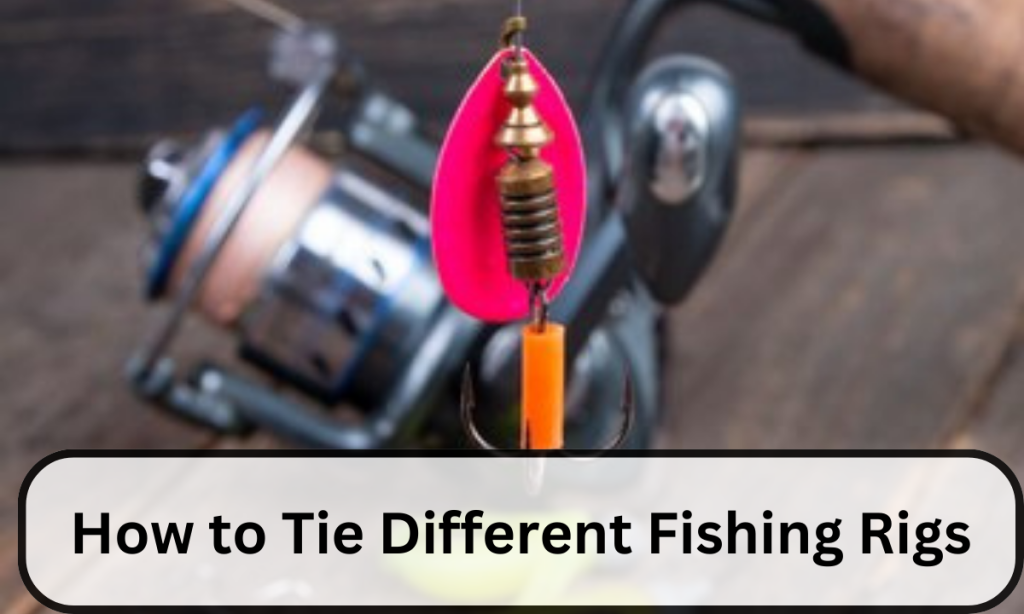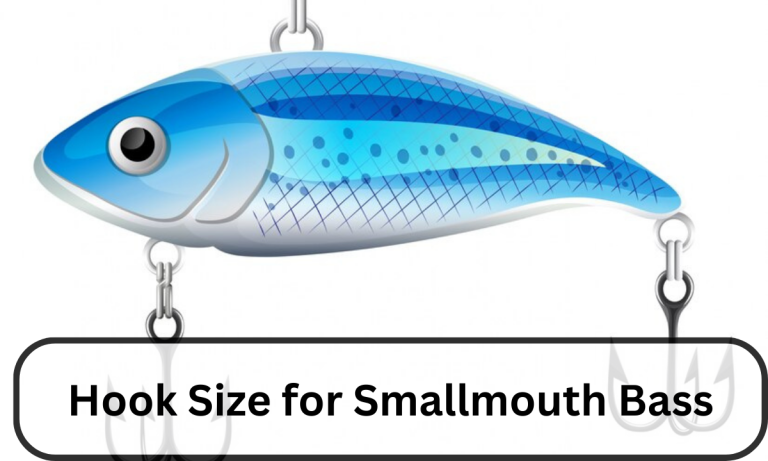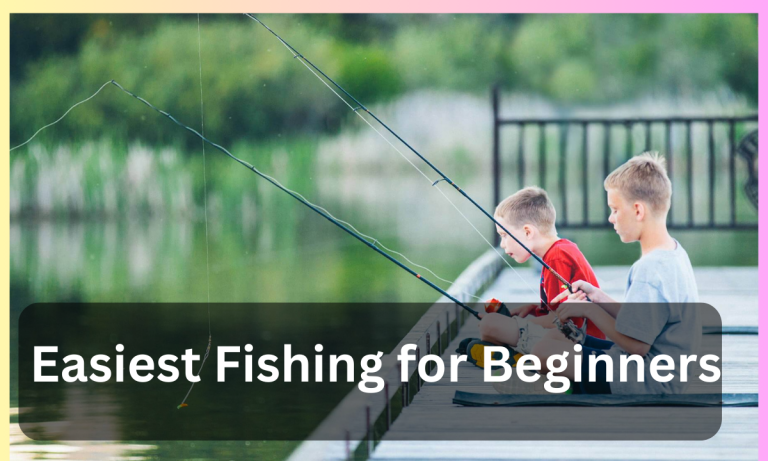How to Tie Different Fishing Rigs
First, we need to know what are fishing rigs before we discuss how to tie different fishing rigs. A combination of sinkers, hooks, swivels, and snaps is called a fishing rig. Moreover, this combination is added to the end of the fishing line. Similarly, other hooks can also be connected.
Additionally, pre-tied rigs should not be purchased. Rather, you should try to tie your rigs on your keeping in view the needs of your fishing activity, firstly, because it is precise and secondly, it is cheaper. Similarly, it is proper to tie 5 to 6 rigs to have replacements for the rigs list while handling sharks, toothy fish, or a snag.
With every fishing rig, there is something new to learn as these rigs vary from simple to complex according to fishing techniques and conditions. Therefore, familiarity with different fishing rigs and their setup is key for desired outcomes. However, the anglers should be aware that how to tie different fishing rigs is not a big deal.

How to Tie Different Fishing Rigs: Techniques
The detail of different fishing rigs and how to tie them is provided below:
Basic Bobber Rig
A basic bobber rig is recommended for still fishing for it tells you when the fish is biting the bait. If you are interested in catching fish like crappie, panfish, or perch, go for a basic bobber rig. How to tie the basic bobber rig is explained through the following steps:
- Tie the hook to the end of the fishing line with a fishing knot as well.
- To add weight to the fishing line, a few small split-shot sinkers should be added to the main line. Moreover, these sinkers should be 6-12 inches from the hook. Likewise, in case of water current, you can add a few more sinkers as well.
- The placement of the bobber depends on the depth of the water. However, keep in mind not to make the bobber too long, otherwise, it will become difficult to cast it.
3-Way Fishing Rig
The 3-way fishing rig is suitable for bottom fishing, shore fishing, and surf fishing. A 3-way fishing rig is designed for keeping the bait off the bottom by using a 3-way swivel. The following steps are followed to tie a 3-way fishing rig:
- Get a 3-way swivel and connect the main line to one ring.
- The next step is to connect a leader with a hook to the second ring.
- The third ring has another leader with a sinker attached.
- A sinker line should have a lighter leader so that it breaks under pressure before the line breaks.
- Add the bait to cast it for river fishing, shore fishing, or trolling.
Drop-Shot Rig
Another rig of how to tie different fishing rigs is the drop-shot rig. It is used for the presentation of soft plastic lures to fish, for freshwater species, and natural baits.
Follow the given steps below to tie a drop-shot rig:
- Tie a sinker to the line end with a hook tied as well. Moreover, use a Palomar knot above the weight.
- Next, hook the natural bait from the nose and lower the entire rig to a fish zone which is suspended.
- Use a depth-finder to bring the suspended bait to those areas where a strike looks possible.
- Quiver the rod tip to move the lure.
Two-Hook Bottom Rigs
Of all fishing rigs, the two-hook fishing rig is one of the most versatile ones. The other name for the two-hook fishing rig is the spreader rig. These are ideal choices for catching panfish and giant grouper. It is available in ready-made condition but can be self-made as well. The following steps can help you tie a two-hook bottom rig to catch smaller fish:
- Use an arm’s length monofilament fishing line as a leader, of 30-50 pounds. Next, tie four dropper loop knots of length 2-3 inches. The knots should be 3-4 inches apart.
- A sinker should be attached to the bottom loop by using one of the fishing knots. Middle loops should have a hook attached to them.
- Finally, tie the main line to the top loop.
Spinner and Minnow
It is an excellent rig to land big trout from the river. Tying this rig properly means that your day is well-served. This rig has the following steps to tie it correctly:
- Replace the standard treble hook with a bait hook.
- The minnow should be hooked through the eyes and lips before being cast and retrieved.
- Unless it is your limit, keep rinsing and repeating. If the river is deep, put a small weight as the food of trout fish is found at the bottom.
Sliding Sinker Rig or Carolina Rig
This rig is ideal for bottom fishing. It is also named a fish-finder rig. It is productive for fishing bait off the bottom both from shore and boat. Follow the following steps to tie the sliding sinker rig:
- Thread the main line through the hole in an eggsinker.
- Use fishing knots for tying a swivel to the end of your main line. It will prevent the sinker from falling off.
- Next, attach a 6-12 inches piece of leader to your swivel.
- The end of the leader should have a hook or artificial bait like a soft plastic or a jig.
Jig and Bait
The jig and bait are a simple setup of a jig and bait and you are ready to fish.
You can fish almost all species in all kinds of water conditions with this setup. Keep casting and retrieving for positive fishing results.
However, you should try to tip a jig with a live minnow, crawfish, or earthworm to put big fish in trouble.
Double Bait
This is another part of how to tie different fishing rigs which has two jigs one with the cut bait and another with live bait.
The following steps can be followed for tying this rig:
- Arrange a barrel swivel and tie two to three feet of leader to it for attaching the jig for the cut bait.
- Tie the second jig to the top of the barrel swivel. Hook the live bait to it to fish above the cut bait.
This setup is productive above weed beds and fallen logs. If you are interested in walleye fish, get to the bottom.
Conclusion:
Fishing rigs and tying them is a simple process to land all types of fish in all types of water conditions. For a successful fishing activity, you should know the proper technique about how to tie different fishing rigs. There are different types of fishing rigs that you should know how to tie for desired fishing results.
FAQs
- Name some common fishing rigs.
Ans. Common fishing rigs are loop knots, fishing knots, and Palomar knots.
- What are the advantages of a drop-shot rig?
Ans. The drop-shot rig is useful in catching fish like bass fish and panfish. Additionally, it is used for the presentation of soft plastic lures to fish, freshwater species, and natural baits.
- What is Carolina rig effective for?
Ans. Carolina rig is effective for bottom fishing in areas with underwater structures. Bas and catfish can be targeted with it.





